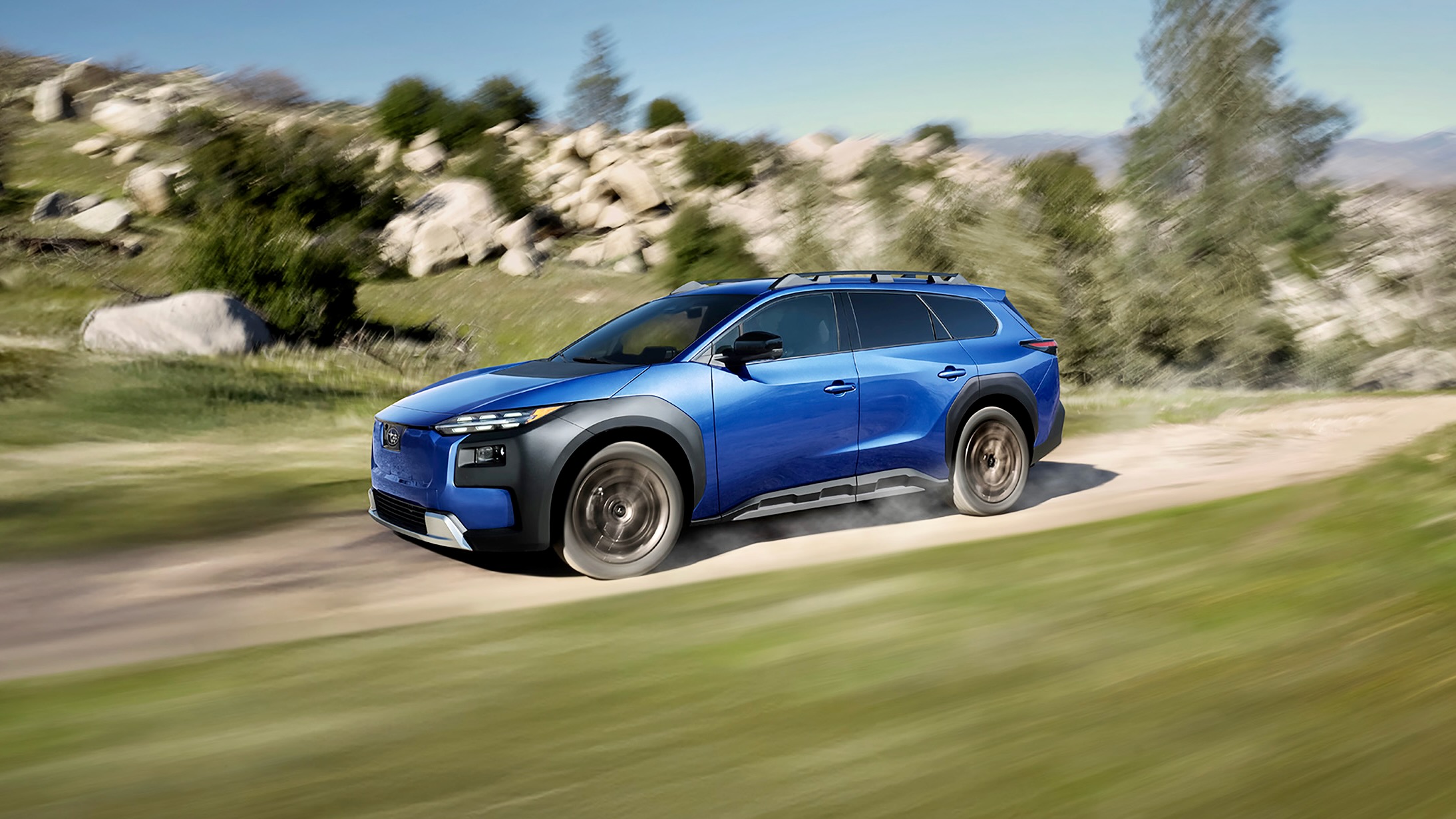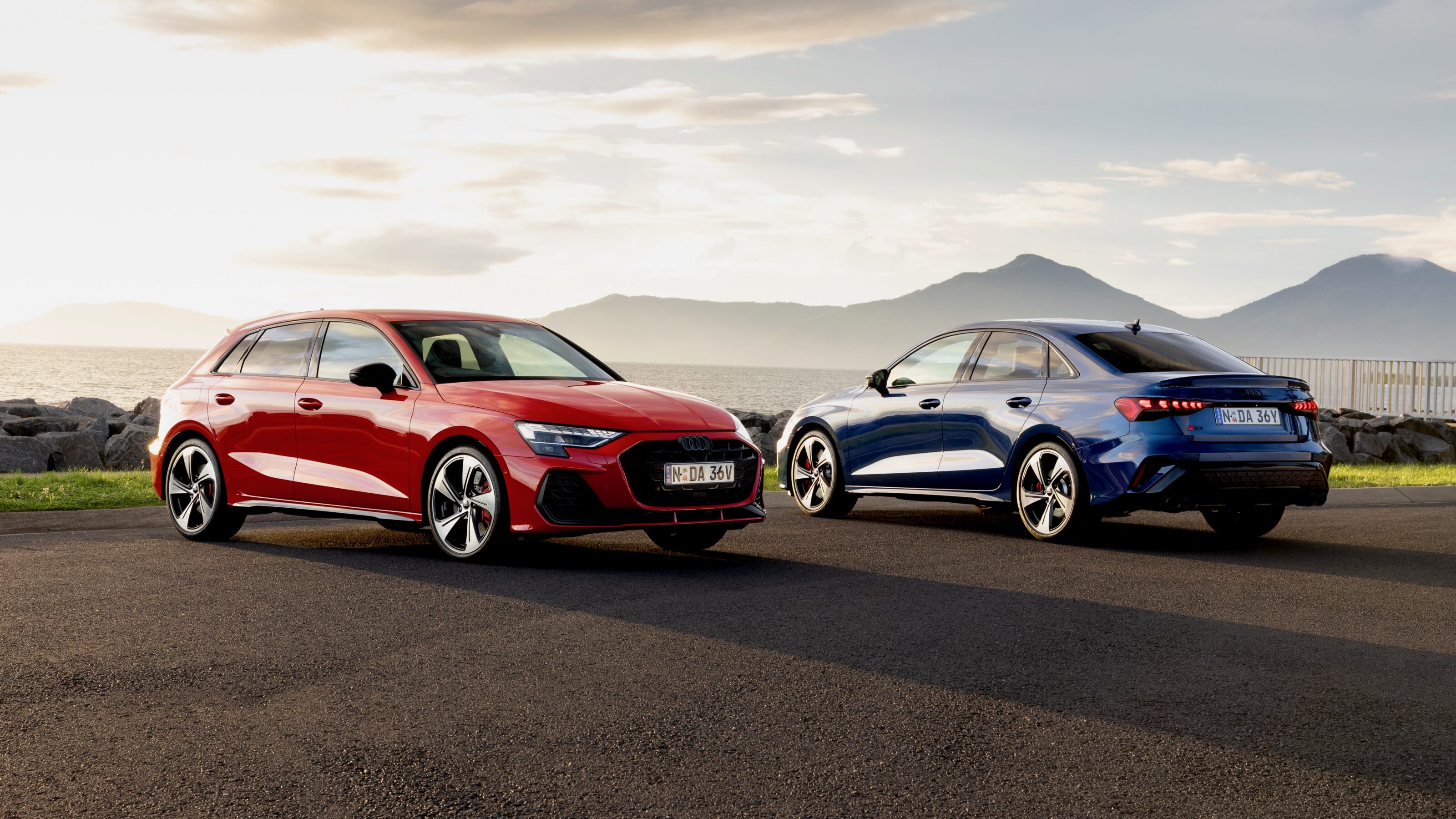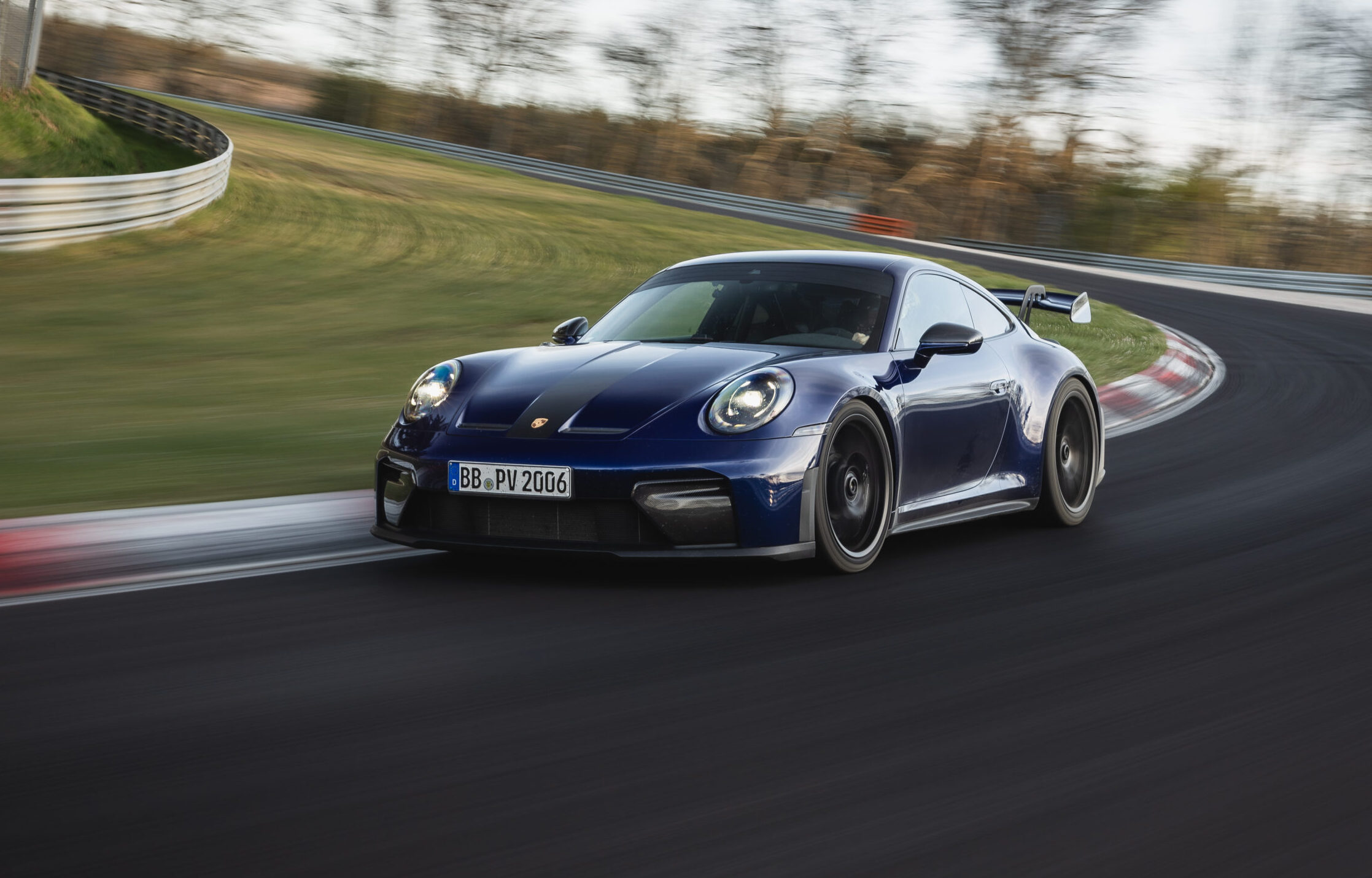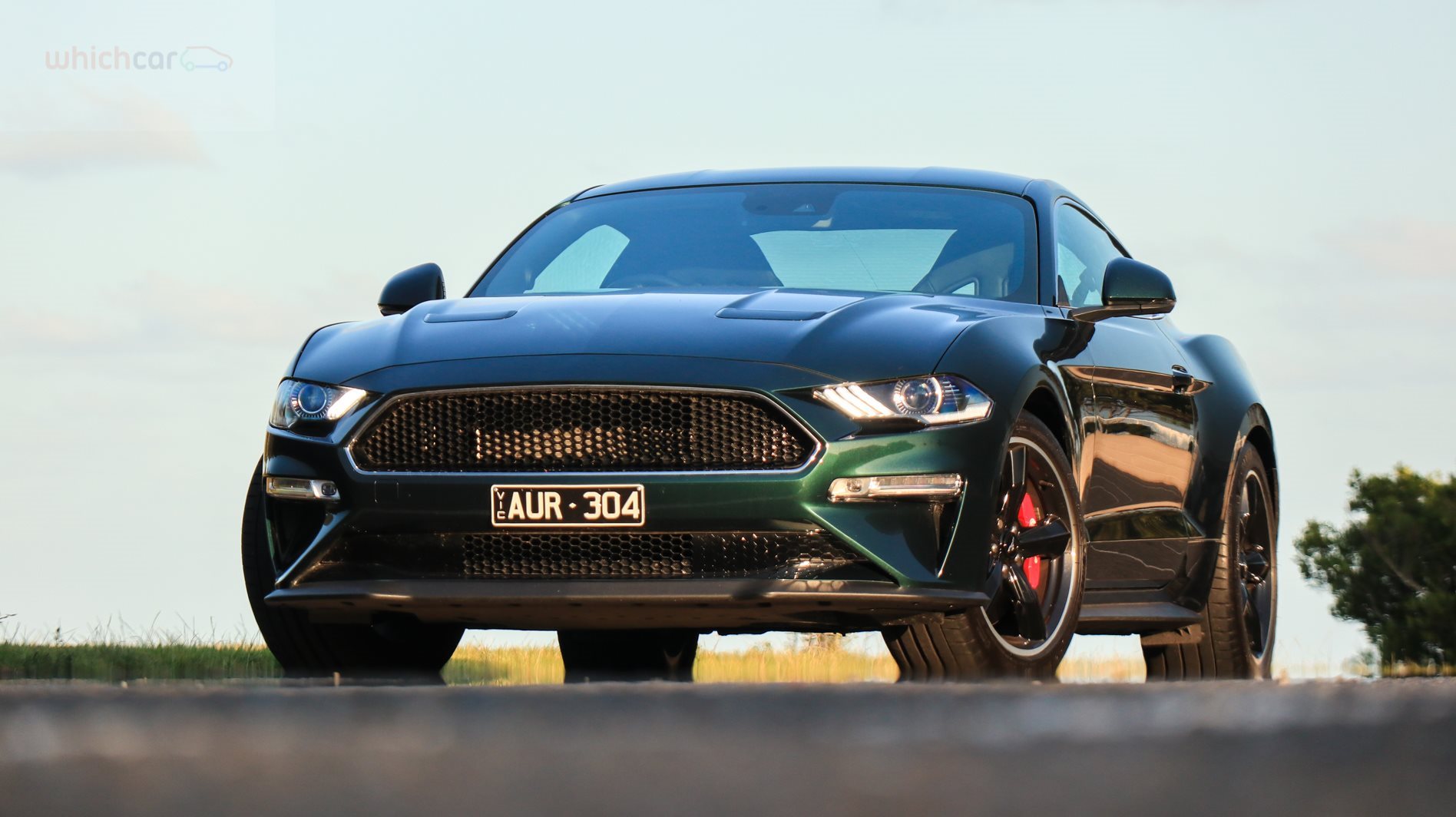
- Ford Mustang could be on borrowed time
- Next-gen right-hand-drive not yet confirmed
- Current Mustang here til 2022
Ford HQ has confirmed that the Mustang badge will continue until at least 2030. The new, seventh-generation Mustang is expected to launch in 2023, but confirmation that it will switch to the Ford Explorer’s SUV platform means Australia could miss out, despite the car’s runaway success here.
Production scheduling documents seen by US industry site Automotive News confirms that the Mustang brand will live on past the current car’s 2022 end-date.
The documents also reveal that Ford is planning to build 100,000 seventh-generation Mustangs in the first year in its Michigan plant.
However, the rear-wheel-drive coupe – known as the S550 – will lose its current underpinnings, moving instead to the recently introduced CD6 modular platform.
The CD6 platform – the chassis of the car, which can be used under different body styles – can be configured in front-, rear- and all-wheel-drive, and engines can be mounted both longitudinally (north-south) and transversely (east-west) for front-wheel-drive applications.
Right now, there is no evidence that Ford’s CD6 platform can be offered in right-hand-drive form.
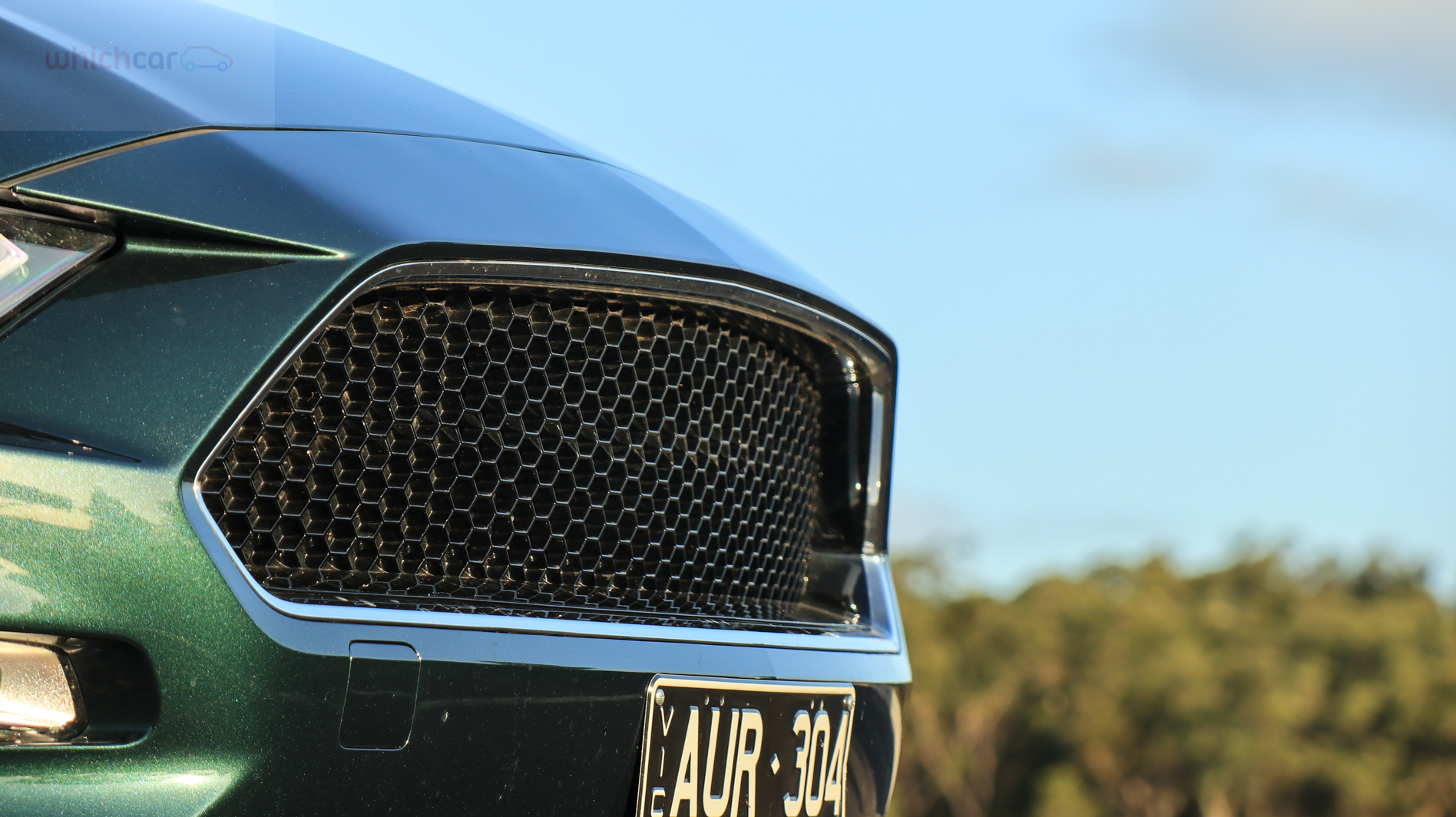
WhichCar.com.au reached out to a number of sources at Ford Australia to check if the next-generation Mustang will be built in right-hand-drive and whether it will come to Australia, but no comment was forthcoming.
The new CD6 platform currently underpins the Explorer SUV which will not, according to Ford Australia, be sold here because it will not be produced in right-hand drive.
A further search of CD6-related engineering references by WhichCar failed to turn up any mention of right-hand-drive capability built into the platform.
The modular nature of this platform – which will have a lifespan of at least 15 years – means that right-hand drive could be engineered in if the demand is there.
Car companies, however, prefer to engineer new platforms for all eventualities from the start. Retrofitting right-hand-drive adds significantly to cost and complexity.
So, the Ford Mustang’s future in Australia could come down to a question of cost. If a right-hand-drive build program hasn’t been included in the carmaker’s CD6/Mustang plans yet, it’s because the business case to produce them in sufficient volume to make them affordable doesn’t stack up.
Adding right-hand drive capabilities to a platform costs many millions of dollars – exactly how much car companies won’t say. But even assuming a bargain-basement cost of $50 million adds $2000 to each of the 25,854 Mustangs sold in Australia since 2015.
And, with Mustang sales plunging to barely a third of what they were in 2017, it’s unlikely the new Mustang will sell in sufficient volume to soak up the engineering cost.
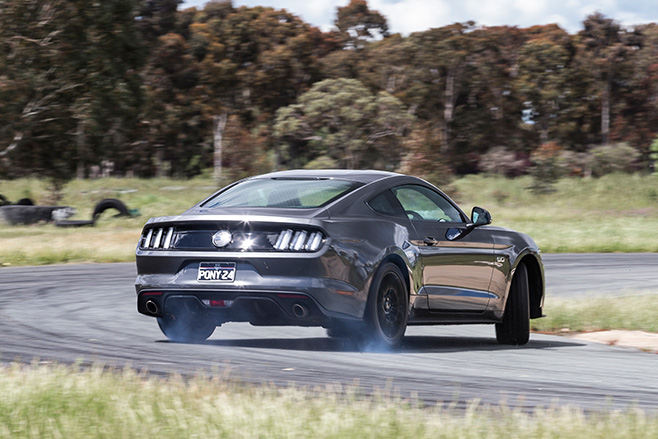
When contacted by WhichCar, Ford Australia chose not to confirm the existence of a replacement Mustang once the current car goes out of production in late 2022, saying only that it can’t comment on future plans.
The current Mustang has been a surprise hit for Ford Australia, with sales far exceeding projections, and has spawned a number of special editions like the Bullitt and the Australian-engineered R-Spec.
Losing the Mustang will have a definite impact on Ford Australia; it is currently the company’s third best-seller behind the Ranger and the Everest and provides a halo for an otherwise SUV-centric line-up that trails rivals like Toyota, Mazda and Hyundai in the sales stakes.
There are plans to use the Mustang brand on a wider line-up of vehicles across the Ford empire, including four-door coupes and even coupe-SUVs, with the electric Mustang Mach E serving as the first example.
Rumours that the Mach E will come to Australia are based on the fact that Ford’s first electric SUV will be built on its own specialist electric vehicle platform, known as the GE1, which is built to accommodate left- and right-hand-drive.

